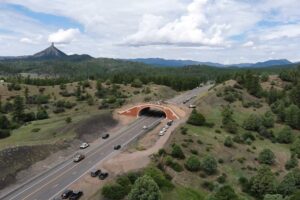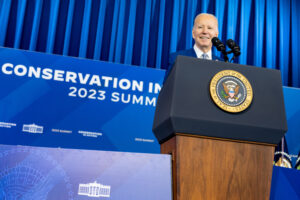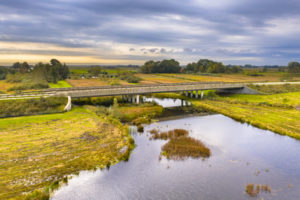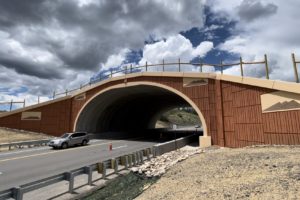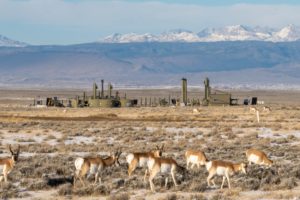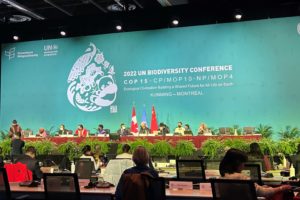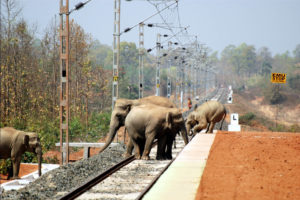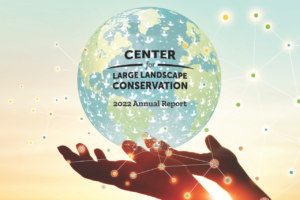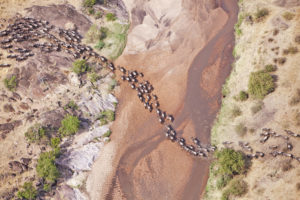New Federal Funding to Build Life-Saving Wildlife Crossings is Now Available
Millions of collisions occur between drivers and animals on U.S. roads annually. To address this dangerous, expensive, and growing problem, Congress created a national Wildlife Crossings Pilot Program. This new grant program will prevent accidents and connect habitat by investing in measures that allow wildlife to safely cross over or under roads and fish to pass through streams beneath roads. Earlier today, U.S. Transportation Secretary Pete Buttigieg announced a Notice of Funding Opportunity for the program’s first round of competitive grants—nearly $112M for research, planning, design, and construction projects that aim to reduce wildlife-vehicle collisions and improve aquatic and terrestrial habitat connectivity.
